Car Modders' Hall of Fame: The 1990s
If you thought the world of car modifying had been there and done everything by the beginning of the 1990s, you were in for a shock. Far from taking a rest, it turned out to be one of the most creative petrol-fuelled decades since the 1950s when it came to car modders.
There’s no way we can talk about the 1990s without name-checking Max Power magazine. It tapped into a whole sub-culture of car tuning and modifying that was already popular, but then Max Power whipped it into a frenzy of individuals and companies all trying to outdo each other with ever more outrageous machines.
In the same tradition as the moonshiners of the 1930s in the US or early hot rodders, the followers of Max Power felt like they were part of something outside of the normal world. Their gatherings, called cruises, often reeled in hundreds of cars… and the attention of the police to add to their sense of being a tribe of car modifiers.
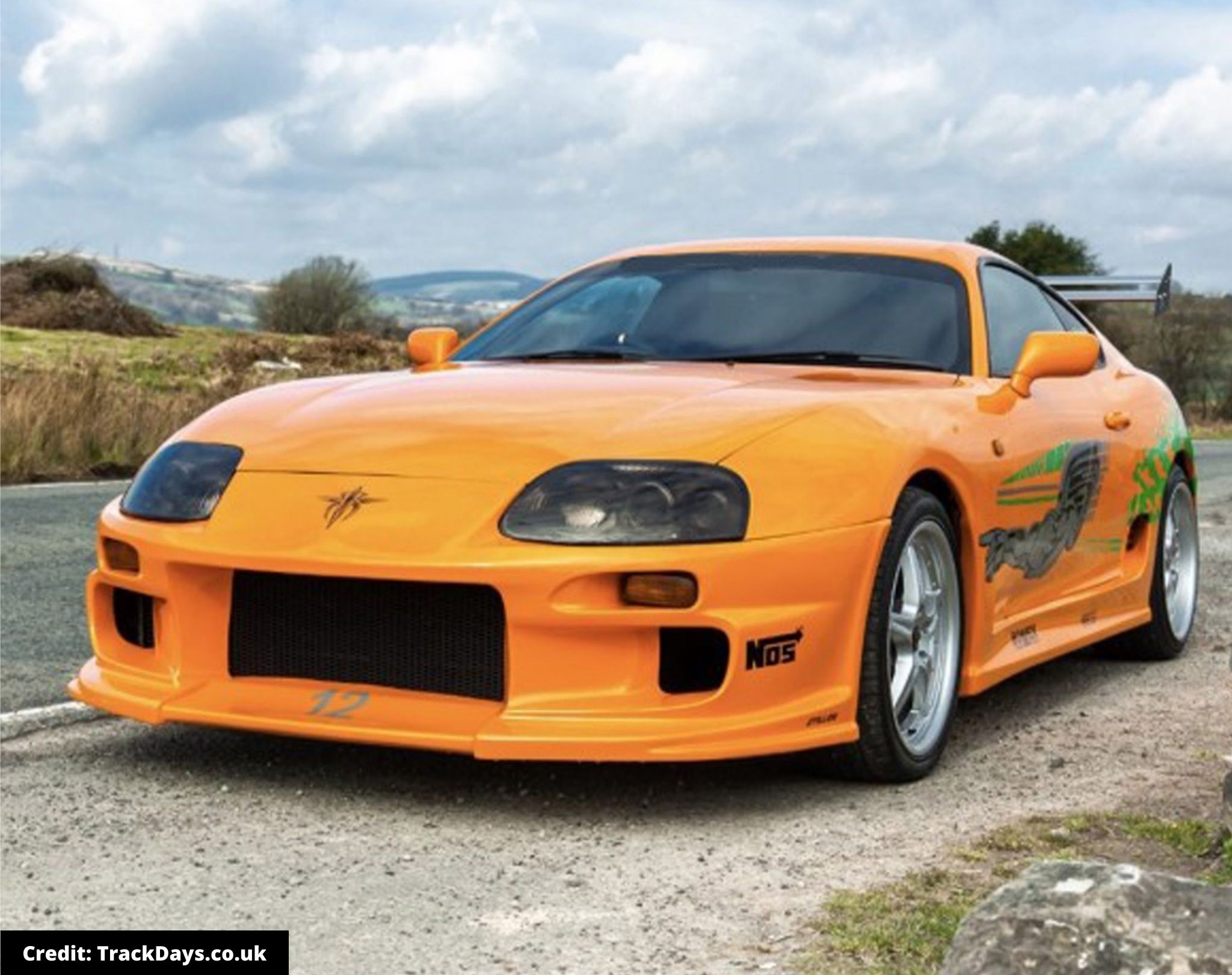
In among all the neon lights and burnouts, there was also a great deal of ingenuity and tuning skill with many of the Max Power cars. Huge power outputs were not unusual and the best cars had the upgraded chassis, suspension and brakes to cope. Any car was fair game, but hot hatches of the 1980s and 1990s were the most popular, along with anything from Japan that looked good and could be tuned. No wonder the Nissan Skyline GT-R became king of the pile. All of this inspired the 2001 film Fast and Furious, where the cars were every bit as much the stars as the actors.
One of the names that became intrinsically linked with the Max Power scene was DIMMA. Comically widened wheel arches were a trademark of DIMMA’s body kits, and they remain available to this day though most are used on race cars to cover broad tyres now. Back in the 1990s, looks were more important to most of those choosing DIMMA’s products and the company offered kits for all the most popular French hot hatches, including the Peugeot 106, 205 and 306, plus the Renault Clio.
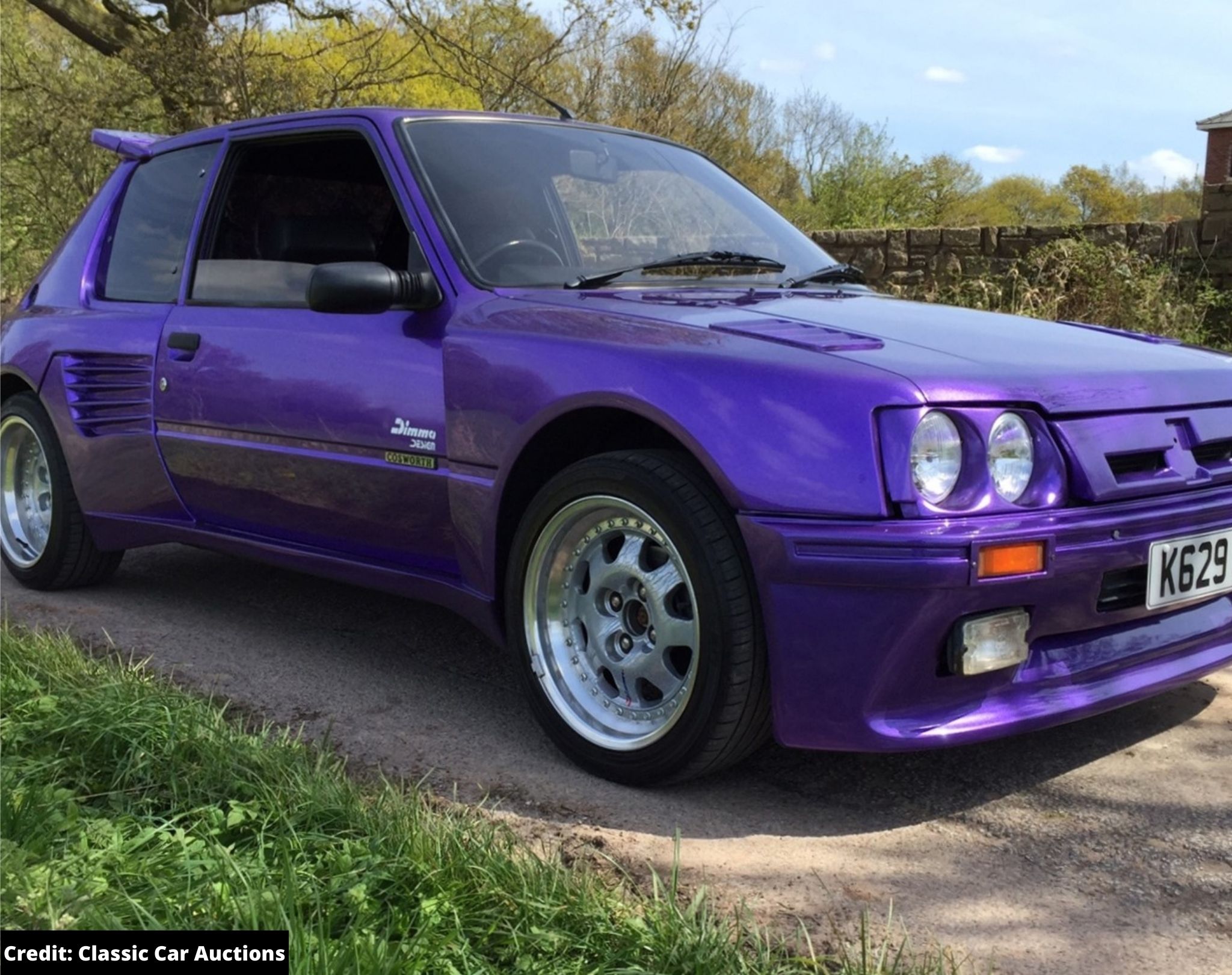
There were several other companies offering kits that looked similar to DIMMA’s, but what marked out this company from the rest was the quality. DIMMA really was, and still is, the choice of those who want the best. Their kits came solidly made and fitted without having to spend hours filing and getting covered in glass fibre dust. They also looked good once in place, so long as you could afford wheels that were suitably wide to the fill the now very broad arches.
Plenty of have-a-go-heroes at home tried to replicate the look of DIMMA products with not much more than chicken wire and body filler, which accounts for some of the more, um, unusual cars that turned up to cruises. Thankfully, most of these have long since rotted away, but the best cars to feature in Max Power are now rightly being seen as the historical markers they are.
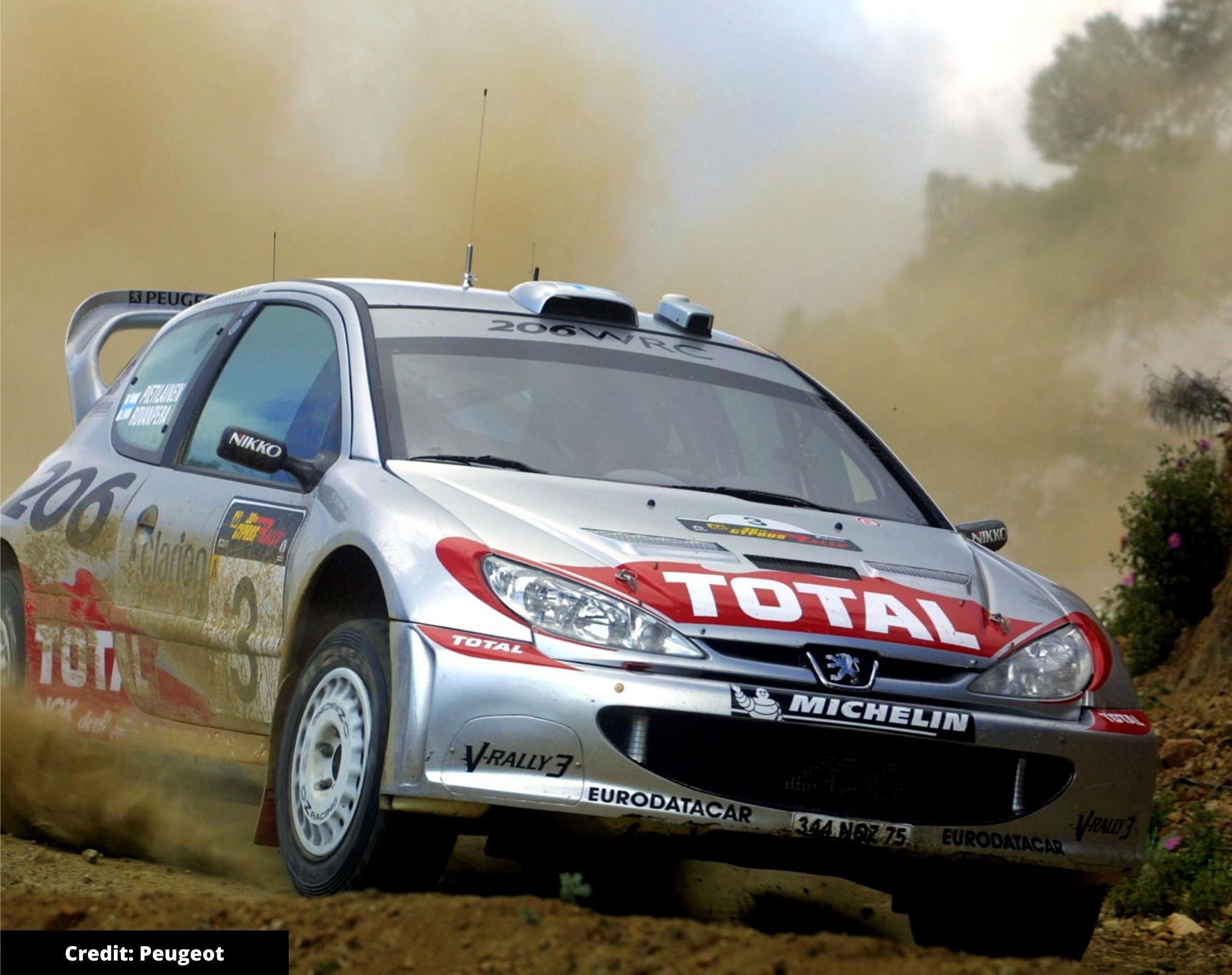
Yet these tuned hatches were far from the only sign that car modders in the 1990s were in very rude health. Over in the US, there was a shift taking place in how hot rods were being perceived. While many of the stand-out cars from earlier decades had been little more than show cars, owners now wanted to use theirs in the 1990s. Journalist Charles ‘Gray’ Baskerville was pivotal in bringing about this change in attitude with his gonzo-style writing that detailed long drives in hot rods. Never afraid to head off across country to a hot rod meet or show, Baskerville inspired others to do the same and this prompted the cars to change as they needed to be more comfortable and usable.
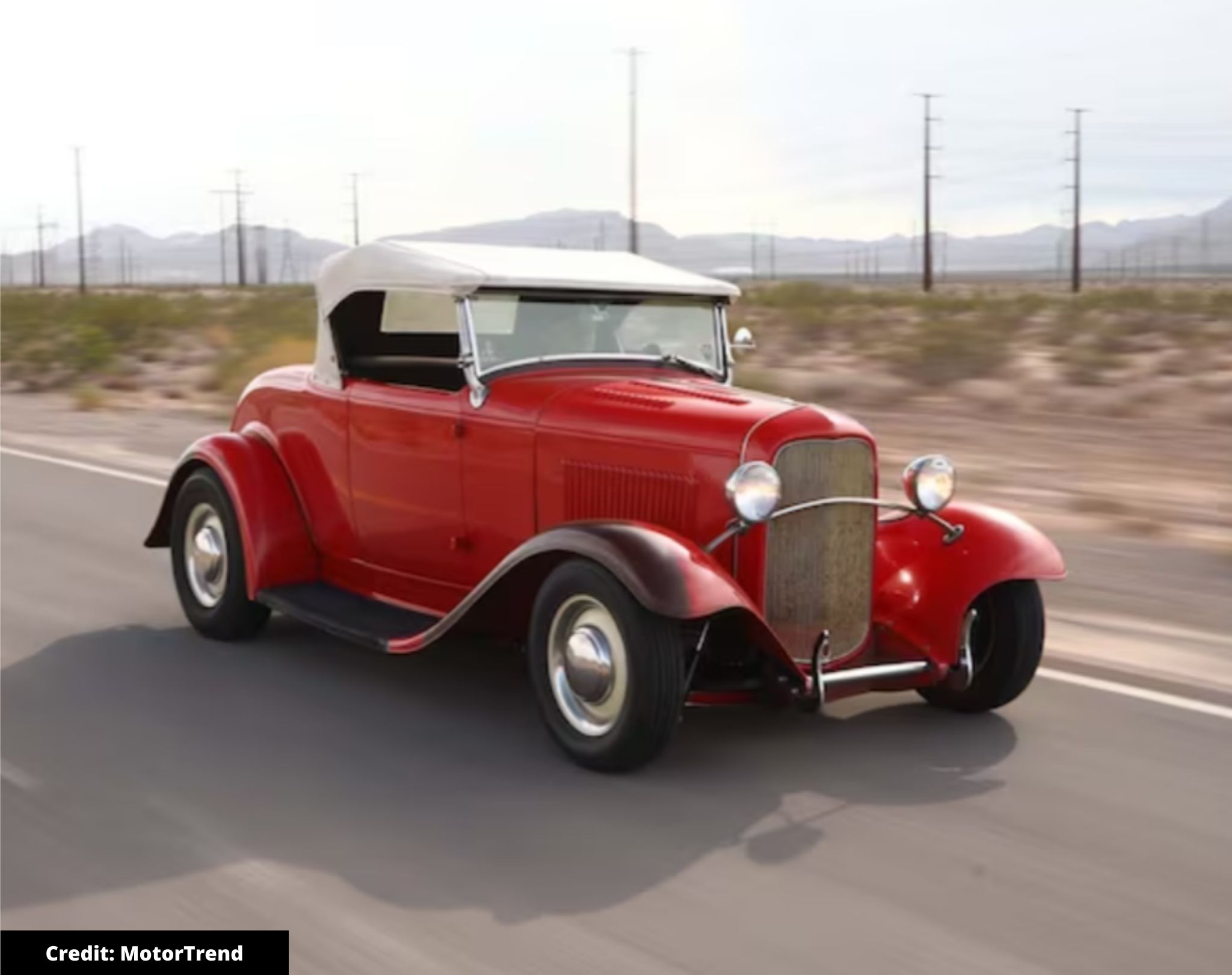
None of this meant dumbing down the style or power of the hot rods being created in the US, it just meant comforts like air conditioning and functioning suspension and brakes were more common. Someone who took this idea and ran with it was Darrell Larson, who built his Grand Larsony hot rod by mixing different styles and themes to come up with a custom hot rod. This bright yellow machine was based on a ’37 Ford, but it was the details that made it so special. Every bit worked with the rest of the car and inside was a cabin full of luxury features.
Roger Conley was another hot rod builder who took note of Gray Baskerville’s writing and wanted to use his cars for more than just rumbling on to the show field. His passion was drag racing, so it’s no surprise he alighted on the idea of a Pro Street ’67 Chevrolet Camaro to express his views. Built in just eight months at a cost of only $4,000, Conley’s Camaro looked a million dollars. All the right bits were there in the engine bay and expertly assembled so this Camaro could make the most of its 402cu in big block V8 motor at the strip.
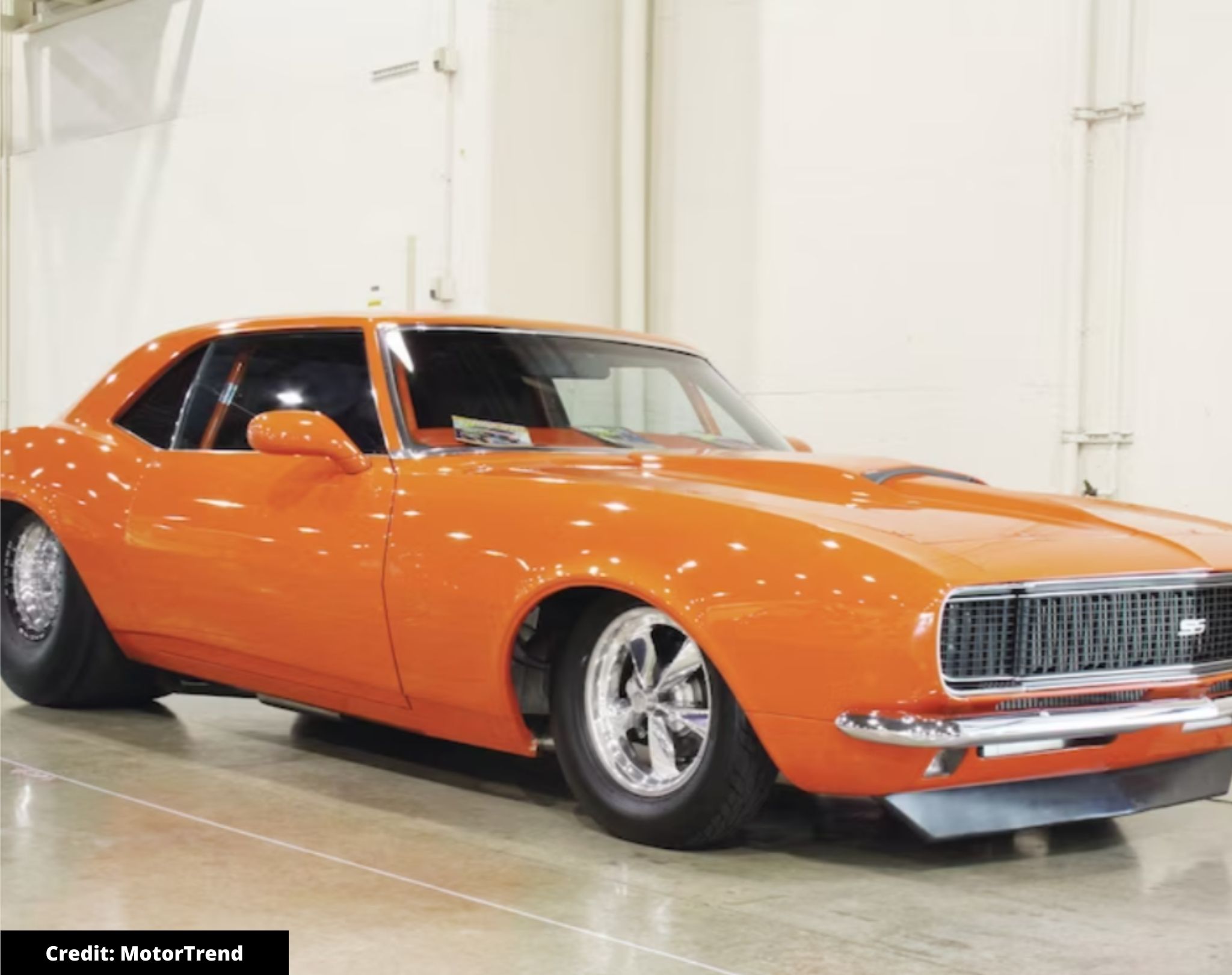
However, the Conley Camaro didn’t forget the ‘Street’ part in its racing class and Roger used it as his daily car. Given the engine was tuned to make at least 700bhp, it made it one of the fastest cars on the road and also able to achieve 11.88 second runs on the drag strip. To put that in perspective, the exotic McLaren F1 of the same era could manage the 1/4 mile drag run in 10.8 seconds and it cost £540,000.
The good news is a lot of the people who were around in the 1990s are still out there building cars and modifying them to go faster and handle better. Some of the excesses of the decade have been reined in, but there’s no stopping the imaginations that made it such an eclectic, entertaining time.
Share some of your favourite modified cars from the 90s in the comments below.

COMMENT